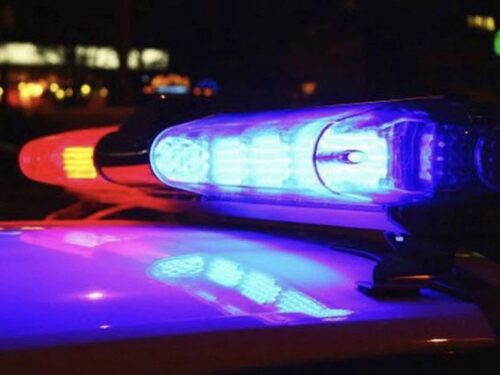
11.25.22 – Sudbury Star
New program aims to make sure there is a real emergency before officers are dispatched
Police officials will introduce new measures in Sudbury to improve the verification of alarm calls before dispatching officers.
During their meeting Wednesday, members of the Greater Sudbury Police Services Board approved a motion to implement a new Verified Alarm Program, which will introduce a registration system for security alarm systems and reduce the number of false alarms.
In a presentation to the board, deputy police chief Sara Cunningham said more than 90 per cent of all alarm calls from security systems are false.
“We’re finding that the majority of the alarms we are attending to are false alarms,” she said. “So (we’re making) significant changes. We are now asking the monitoring companies or the property owners to verify for us that the alarm is actually something that we as police need to respond to.”
Since 2002, the False Alarm Program, which will be phased out, has governed police response to security alarm calls.
According to police reports, an average of 3,756 alarm calls were received by Sudbury police from 2017 to 2021. Of those, police responded to an average of 1,680 each year. Depending on the year, 93 to 97 per cent of those calls were cancelled or deemed false.
“Police are dispatched to these high priority calls, which creates potential officer and public concerns,” said Cunningham. “It unnecessarily interferes with police response to actual emergencies. It’s currently a priority three call for us. It’s a two-officer response. So these are very time consuming.”
The new model, known as the Verified Alarm Response Program (VARP), has been adopted by other Ontario police services to manage calls.
The program requires alarm companies to indicate whether the alarm requires a police response before contacting emergency services.
This will rely on feedback from audio and motion sensors, as well as video systems.
Alarm companies will need to verify if multiple zones within a property were activated. For example, if motion sensors are triggered in multiple rooms in a house, it’s more likely to be a genuine call than a single sensor set off by a curtain moving due to an open window.
If multiple activation points can’t be confirmed, the call can also be verified by an owner, key holder, alternate response agency, or a witness on the scene.
Only after confirmation criteria is met will police be dispatched to respond.
Police are encouraging the public to ensure their system is robust and monitored by a monitoring company.
“The data is showing that most of these are false alarms in the first place,” said Cunningham. “What we hope to do is educate the public to ensure the safety of their homes by upgrading their system and installing multiple types of sensors. We are encouraging the public to adequately secure their homes.”
The Local Journalism Initiative is made possible through funding from the federal government.
